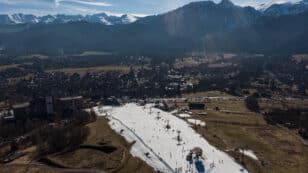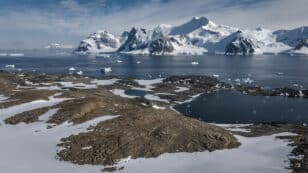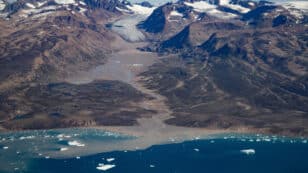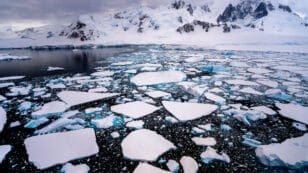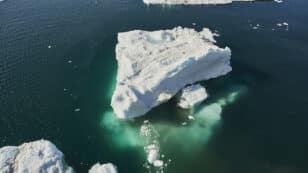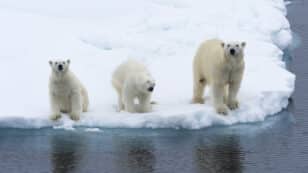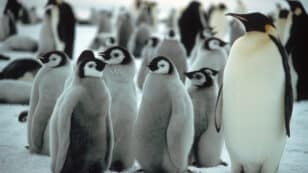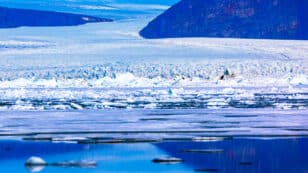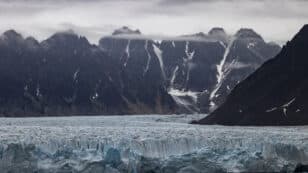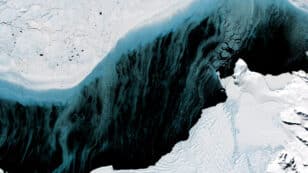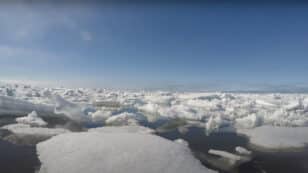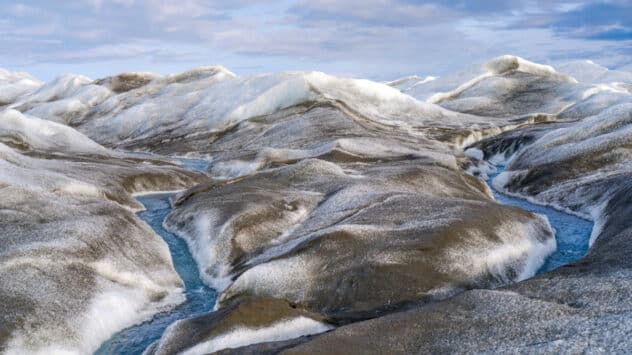
WMO Issues ‘Red Alert’ as Climate Records Are Broken Worldwide
The World Meteorological Organization (WMO) has issued a “red alert” as all major global climate records — greenhouse gas levels, near-surface temperatures, ocean heat and acidification, Antarctic sea ice cover, glacier retreat and sea level rise — were broken in 2023, a WMO press release said. Floods, swiftly intensifying tropical cyclones, heat waves, drought and […]

 233k
233k  41k
41k  Subscribe
Subscribe 
